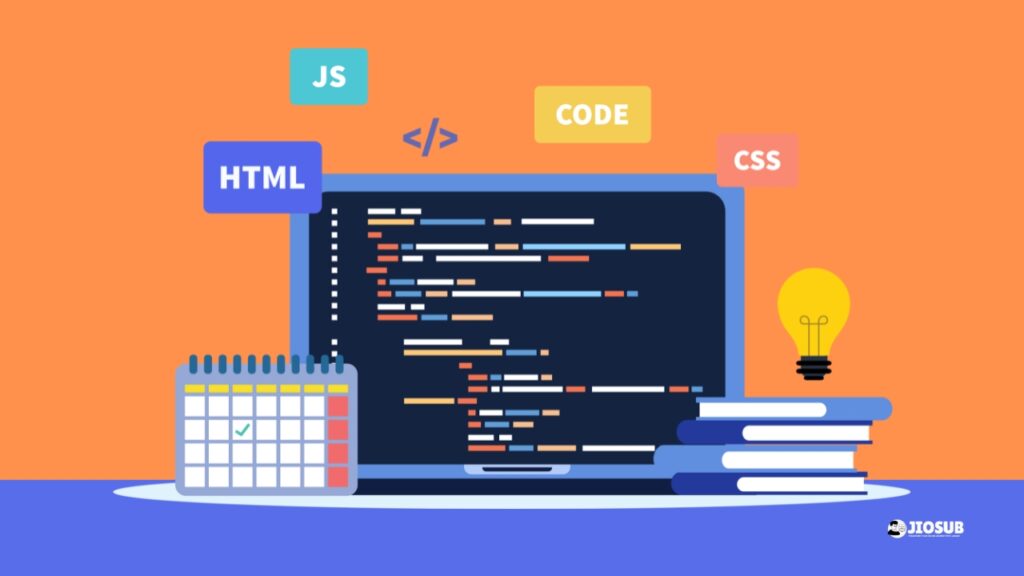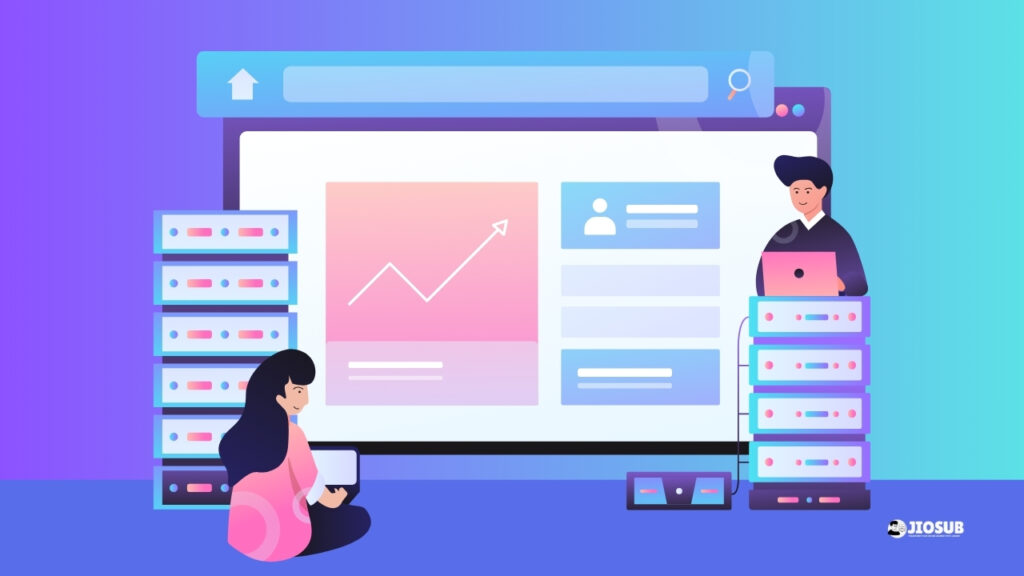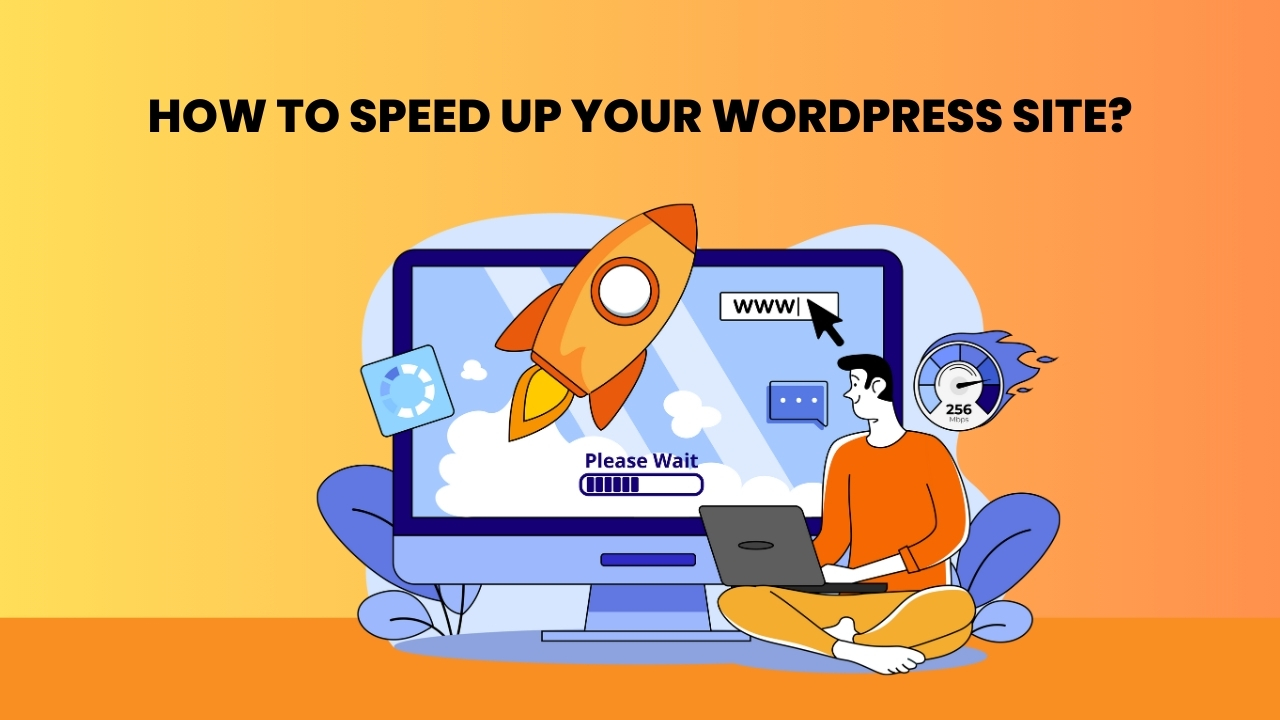To speed up your WordPress site, follow these essential tips and plugins that will enhance your site’s performance and provide a seamless experience for your visitors.
Optimizing Images for Faster Load Times

Images are crucial for engaging visitors but can significantly slow down your site if not optimized. Large image files consume bandwidth and increase load times. To optimize images:
- Compress Images: Use tools like TinyPNG or JPEG Optimizer to reduce image file sizes without losing quality.
- Use Correct Formats: For photos, use JPEG. For graphics with fewer colors, use PNG.
- Implement Lazy Loading: Load images only when they come into the viewport, reducing initial load time.
Plugins like WP Smush and EWWW Image Optimizer can automate image optimization, ensuring all your images are compressed and properly formatted.
Leveraging Browser Caching
Browser caching stores static files on users’ browsers, allowing faster load times for returning visitors. Implementing browser caching involves:
- Setting Expiration Dates: Specify how long browsers should keep files cached, reducing server load.
- Leveraging .htaccess: Modify your .htaccess file to add caching rules.
Plugins like W3 Total Cache and WP Rocket can simplify this process, automatically configuring optimal caching settings.
Minifying CSS, JavaScript, and HTML

Minification removes unnecessary characters from code, reducing file sizes and speeding up load times. Minify your CSS, JavaScript, and HTML files using:
- Online Tools: Services like Minify Code or CSS Minifier.
- Plugins: Autoptimize or Fast Velocity Minify can automate minification.
Minification improves site speed by reducing the amount of data transferred over the network.
Utilizing Content Delivery Networks (CDNs)
CDNs distribute your site’s static files across multiple servers worldwide, ensuring faster load times for global visitors. Benefits of using a CDN include:
- Reduced Latency: Content is served from the nearest server to the visitor.
- Improved Redundancy: CDNs can handle traffic spikes without slowing down your site.
Popular CDNs include Cloudflare, MaxCDN, and KeyCDN. These services integrate easily with WordPress, providing seamless content delivery.
Must Read: Enjoy 14 Days of Free Semrush Pro & Guru Plan Access in 2024
Choosing a Fast Web Hosting Provider

Your web hosting provider plays a significant role in your site’s speed. Key factors to consider when choosing a host:
- Server Response Time: Opt for hosts with low server response times.
- Uptime Guarantees: Choose providers with high uptime guarantees.
- Scalability: Ensure the host can handle traffic spikes without performance issues.
Top-rated hosting providers for speed include SiteGround, Bluehost, and A2 Hosting.
Also Read: Content Marketing 101: How to Create a Successful Strategy?
Using a Lightweight Theme
Heavy themes with excessive features can slow down your site. Choose a lightweight, well-coded theme to enhance speed:
- Minimalist Design: Avoid themes with unnecessary elements.
- Regular Updates: Ensure the theme is updated regularly for performance improvements.
Themes like GeneratePress, Astra, and Neve are known for their speed and performance.
Implementing Lazy Loading
Lazy loading defers the loading of images and videos until they are needed, improving initial load times. Benefits include:
- Reduced Initial Load: Only load media when it enters the viewport.
- Improved Performance: Decrease bandwidth usage and load times.
Plugins like Lazy Load by WP Rocket and A3 Lazy Load can easily add lazy loading to your site.
Reducing HTTP Requests
Every element on a web page requires an HTTP request. Reducing these requests speeds up load times. Strategies include:
- Combining Files: Merge CSS and JavaScript files.
- Using CSS Sprites: Combine multiple images into one.
Tools like GTmetrix and Pingdom can help identify and reduce unnecessary HTTP requests.
Optimizing Your Database
A cluttered database can slow down your site. Regular optimization ensures smooth performance:
- Remove Unused Data: Delete spam comments, post revisions, and unused tables.
- Optimize Tables: Use plugins like WP-Optimize or Advanced Database Cleaner.
Regular database maintenance keeps your site running efficiently.
Enabling GZIP Compression
GZIP compression reduces the size of files sent from your server to visitors’ browsers, speeding up load times. To enable GZIP:
- Modify .htaccess: Add GZIP rules to your .htaccess file.
- Use Plugins: WP Rocket and W3 Total Cache can enable GZIP compression automatically.
Compressed files load faster, improving overall site speed.
Managing Plugins Effectively
Excessive or poorly-coded plugins can slow down your site. Manage plugins by:
- Deactivating Unused Plugins: Regularly audit and deactivate unnecessary plugins.
- Choosing Lightweight Plugins: Opt for well-coded, lightweight plugins.
Tools like Query Monitor can help identify performance issues caused by plugins.
Using a Caching Plugin
Caching plugins store static versions of your site, reducing server load and speeding up page delivery. Benefits include:
- Faster Load Times: Serve cached versions of pages to reduce server processing.
- Reduced Server Load: Decrease the number of requests to your server.
Top caching plugins include WP Super Cache, W3 Total Cache, and WP Rocket.
Optimizing Your WordPress Configuration
Tweaking WordPress settings can improve performance. Key optimizations include:
- Permalink Structure: Use a simple permalink structure for faster URL processing.
- Pingbacks and Trackbacks: Disable pingbacks and trackbacks to reduce server load.
Adjusting these settings ensures your site runs smoothly and efficiently.
Must Read: Top 5 Website Builders Compared: Which One is Right for You?
Enabling Hotlink Protection
Hotlinking occurs when other sites link directly to your images, using your bandwidth. Enable hotlink protection to prevent this:
- Modify .htaccess: Add rules to your .htaccess file to block hotlinking.
- Use Security Plugins: Plugins like All In One WP Security & Firewall can enable hotlink protection.
Protecting your content ensures your bandwidth is not wasted on external sites.
Reducing Server Response Time
Server response time affects how quickly your site loads. Improve response time by:
- Choosing a Reliable Host: Opt for a hosting provider known for low response times.
- Optimizing Your Server: Ensure your server is configured for optimal performance.
Tools like Google PageSpeed Insights can help measure and improve server response times.
Monitoring Website Performance
Regular performance monitoring helps identify and address speed issues. Key tools include:
- Google Analytics: Provides insights into site speed and user experience.
- GTmetrix and Pingdom: Offer detailed performance reports and recommendations.
Regular monitoring ensures your site remains fast and efficient.
Best Practices for Mobile Optimization
With increasing mobile traffic, optimizing your site for mobile is crucial. Key strategies include:
- Responsive Design: Ensure your site adapts to different screen sizes.
- Mobile-Friendly Plugins: Use plugins that enhance mobile performance.
Tools like Google’s Mobile-Friendly Test can help ensure your site performs well on mobile devices.
Avoiding Redirects
Excessive redirects can slow down your site. Minimize redirects by:
- Updating Links: Ensure internal links point directly to the final destination.
- Using Plugins: Redirection plugins can help manage and minimize redirects.
Reducing redirects improves site speed and user experience.
Also Read: 3 Effective Methods to Integrate Google Analytics with GeneratePress
Utilizing Accelerated Mobile Pages (AMP)
AMP provides a framework for creating fast-loading mobile pages. Benefits include:
- Improved Mobile Performance: AMP pages load quickly on mobile devices.
- Better SEO: Fast-loading pages can improve search engine rankings.
Implement AMP using plugins like AMP for WP or the official AMP plugin.
Frequently Asked Questions (FAQ)
What are the best plugins for optimizing images on WordPress?
WP Smush and EWWW Image Optimizer are highly recommended for image optimization.
How can I enable browser caching on my WordPress site?
Use plugins like W3 Total Cache or WP Rocket to enable and configure browser caching easily.
What is the importance of a Content Delivery Network (CDN)?
CDNs reduce latency and improve load times by serving content from the nearest server to the visitor.
How do I choose a fast web hosting provider?
Look for providers with low server response times, high uptime guarantees, and scalability options.
How can I monitor my website’s performance?
Use tools like Google Analytics, GTmetrix, and Pingdom for detailed performance insights and recommendations.


